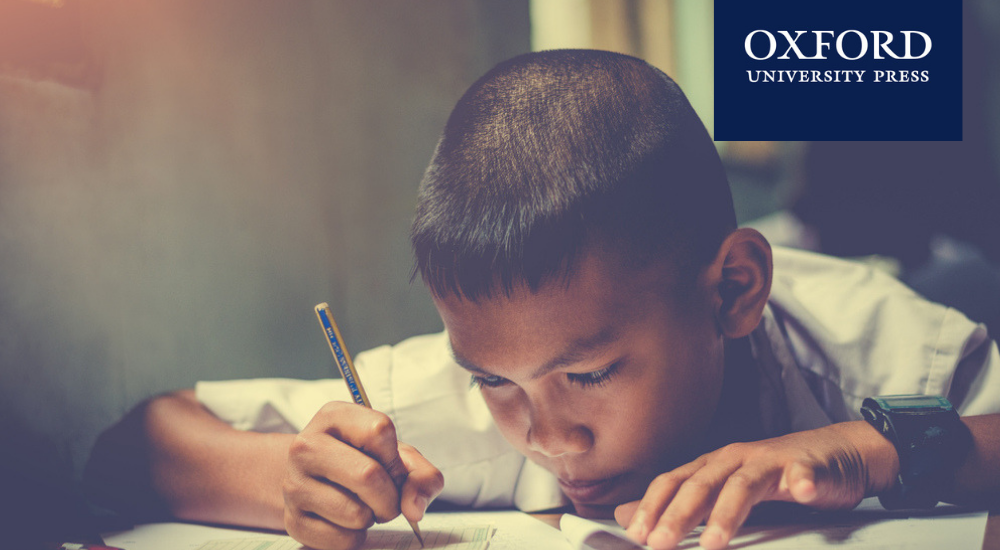 This presentation draws from my experience of working as an ELT teacher, teacher educator and researcher in relatively underprivileged contexts in sub-Saharan Africa. I hope the issues I have highlighted here resonate with teachers in other parts of the world. While policymakers continue to promote Curricula changes which focus on the development of communicative competence and learner-centred pedagogies, such policies are not often matched by a concomitant provision of human, material, or financial resources. As a result, classrooms remain overcrowded (some of my examples are taken from a classroom of 235 teenagers), and there is an acute lack of textbooks and other teaching and learning resources.
This presentation draws from my experience of working as an ELT teacher, teacher educator and researcher in relatively underprivileged contexts in sub-Saharan Africa. I hope the issues I have highlighted here resonate with teachers in other parts of the world. While policymakers continue to promote Curricula changes which focus on the development of communicative competence and learner-centred pedagogies, such policies are not often matched by a concomitant provision of human, material, or financial resources. As a result, classrooms remain overcrowded (some of my examples are taken from a classroom of 235 teenagers), and there is an acute lack of textbooks and other teaching and learning resources.
Teacher educators and teachers in this context, like elsewhere, have traditionally concerned themselves with teaching methods and techniques, teaching theories, learning materials, and classroom conditions. Yet there is evidence (e.g. from work done by members of the Teaching English in Large Classes Network, which shows that learners can play a very important role in the development of good practices. My own experience of working with young learners and teenagers in large under-resourced classrooms in sub-Saharan Africa has shown me that the best policies, materials, teaching practices etc. can only be as good as the learners for whom they are designed.
My research into context appropriate ELT pedagogy in Cameroon has shown that it may be possible to develop a pedagogic partnership which takes account of learner agency in teaching and teacher education processes. In this study, 11-year-old children claimed to learn better through collaborative tasks rather than quietly listening to their teacher.
Good teaching does not necessarily lead to good learning, but good learning can be achieved sometimes in spite of teaching. In an under-resourced context, learning must be a mutually constructed endeavour; a collaborative experience between teachers and learners, striving towards common goals. Both parties should have the same answers to the following questions:
- What do we want to achieve?
- How shall we achieve it?
- Where shall we find the resources we need?
This collaboration between teachers and students in the design of content and process of learning is what I call a ‘pedagogy of partnership’. The examples show that when students are involved in sourcing and or producing their own materials for the language classroom and when they are given opportunities to contribute ideas for classroom activities, they benefit from using language productively and authentically. What is more, student-generated materials become invaluable learning resources in resource-poor contexts.
Watch my webinar to learn more about my research, and the Pedagogy of Partnership.
Harry Kuchah has been involved in English Language Teacher education and materials development for 20 years. His interests are in developing appropriate learning resources and processes for English language education in under-resourced large class contexts.


Enthralling!
[…] via Teaching young learners and teenagers English | Are we all on the same page? — Oxford University P… […]